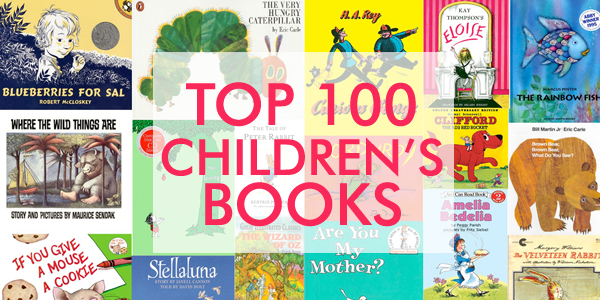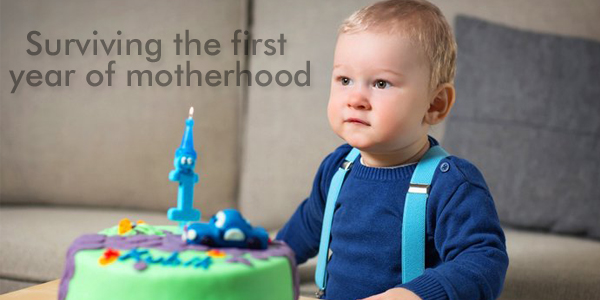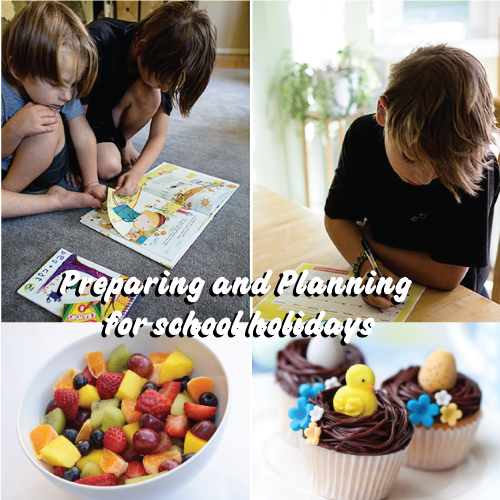A new mother’s ultimate ambition is to get a good night’s sleep. (Most would settle for sleep any time of the day.)
If she is lucky, her baby will sleep well enough to provide her some well needed respite and allow her to catch up on the much needed sleep – but strictly at the baby’s whims.
A sleeping baby is the most beautiful sight in the world. But sometimes they wake up in a nasty mood, sending the household into a tizzy. Usually the baby is just hungry and settles down once she is fed. And everybody heaves a sigh of relief.
They say a father never wakes up his second baby just to see her smile. Experience tells him that it is not a good idea at all. The first time around, he had a screaming baby to contend with, and worse, he had to explain his actions to the baby’s less-than-amused mother.
Putting children to bed is an art form. One needs to have loads of patience and privy to a repository of lullabies, songs, and stories depending on the age of the child.
A lullaby is also known as cradle-song and is a song sung to children with the intention of soothing them to sleep. The music is often simple and repetitive.
The lullabies are not restricted to their primary use as a sleep-inducer in babies. They have been used for 4000 years by various cultures to pass down cultural knowledge or tradition and to develop communication skills of the child.

So how do lullabies work their magic?
One explanation is that lullabies feature a triple meter(in simple terms, rhythm established by a poem), which imparts a rocking or swaying rhythm similar to what the fetus experienced while in the womb. Recreation of this womb experience has the power to comfort a children and soothe them off to sleep. (Credits: http://health.howstuffworks.com/)
- Lullabies actually create a physiological response in the body which can have far-reaching effects on health and wellness of the baby. Studies have shown that they improved respiratory function, reduced heart rates – indicating lower stress levels – better sleeping and sucking patterns in the premature babies.
- Does simply speaking to a baby have the same effect as singing? In a university study, it was found that the set of premature babies exposed to singing gained greater health benefits than those who listened to spoken words or those who were exposed to neither.
It is clear that lullabies have a calming and soothing effect on the babies. Unsurprisingly, they actually reduce parental stress too.
Finally, here is a popular Indian lullaby in Hindi ‘So meri rani’ (Sleep my little princess)
Sleep my queen, sleep my queen
I’ll tell you the story of a king.
In the king’s fields grew golden grain,
A sturdy young man came to guard it
.….
….
Sleep my queen, sleep my queen
I’ll tell you the story of a king.
You can find a collection of lullabies here http://www.babycentre.co.uk/lullaby-lyrics








